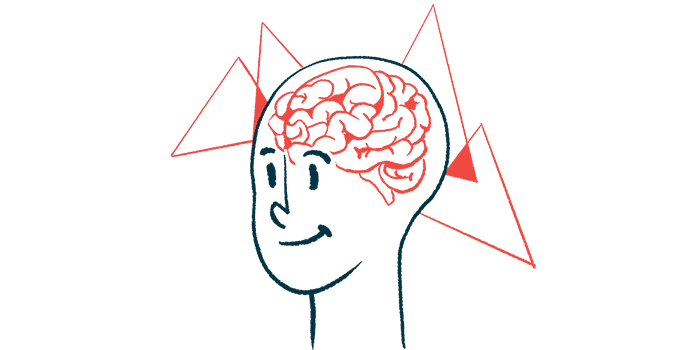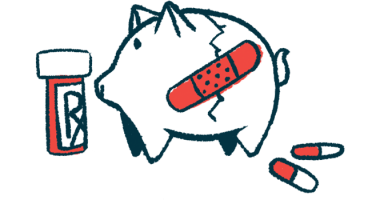Hemophilia Patients Have Higher Risk of Brain Bleeds, Study Finds

The rate of intracranial hemorrhage (ICH) — a bleed in the brain — is higher in children and adults with hemophilia than in the general population, an Italian study suggests.
ICH rates were particularly high among adults with mild disease and with high blood pressure. Most patients received only on-demand treatment at the time of their brain bleed, supporting “the important role of prophylaxis [preventive treatment] in preventing such life-threatening bleeding,” the researchers wrote.
The study, “Intracranial Haemorrhage in Haemophilia Patients Is Still an Open Issue: The Final Results of the Italian EMO.REC Registry,” was published in the Journal of Clinical Medicine.
ICH is considered the most serious bleeding in people with hemophilia. While it can occur in patients of all ages, it is particularly frequent in newborns.
The severity of hemophilia is the most relevant risk for ICH in children and adolescents. ICH also can occur in adults with mild to moderate disease, especially in those with viral infections, like HIV or hepatitis C, or with high blood pressure.
In this study, a team led by researchers at Padua University Hospital in Italy established a retrospective-prospective registry, called EMO.REC, to determine the incidence and mortality of ICH in a group of hemophilia patients.
Additionally, the researchers evaluated risk factors for ICH, as well as the impact of preventive treatments for ICH and clinical management.
A total of 13 hemophilia centers, all part of the Italian Association of Haemophilia Centers, participated in the registry. Patients were followed for 10 years (from 2009 to 2019). Those followed from January 2010 to September 2012 were part of the retrospective group, and those followed from October 2012 to December 2019 were included in the prospective group.
Out of 3,077 hemophilia patients, 46 (29 patients in the prospective group and 17 in the retrospective one) experienced ICH. Fifteen of them were 16 years old or younger and had severe hemophilia. The remaining 31 were adults, and from these, 41.9% had severe hemophilia A or B. Children were diagnosed at a median age of one year and adults at a median age of 53 years.
A family history of hemophilia A or B was found in 41.3% of patients and 33.4% in children. Five patients (10.9%) were positive for inhibitors at the onset of ICH. Inhibitors are neutralizing antibodies directed against the blood clotting factors given to hemophilia patients in replacement therapies.
A viral infection was detected in 77.4% of the adults. More than half of the cases (60.9%) had combined infections. A third of the adults (32.2%) were smokers and 58% consumed alcohol regularly or occasionally.
The overall incidence rate of ICH was 0.36 events per 1,000 patient-years. The rate was higher in children up to age 2, at 1,955 events per 1,000 patient-years. Patient-years is a composite measure that takes into account the number of patients and the time they were followed in a study; 1,000 patient-years refers to 1,000 patients who were followed for one year.
ICH occurred as a spontaneous event in 69.6% of cases, with a higher rate in adults with mild disease (92.9%) and a lower rate in children (46.7%).
Eight of the 46 patients (17.4%, two children and six adults), all with severe hemophilia A, had received preventive therapy with standard half-life FVIII concentrates before ICH.
More than half of adults (56.5%) presented an underlying additional condition, with high blood pressure being the most frequent.
Neurosurgery for a cerebral hematoma was necessary in 45.7% of the cases, and 76.7% of patients were treated with coagulation factors for at least three weeks following ICH onset. A total of 14 patients (30.4%) died either immediately or within five days after ICH.
Adults with moderate or severe disease had the highest mortality rate (52.9%). One child with severe hemophilia B died due to ICH complications. Half of the surviving patients became permanently disabled.
Long-term preventive treatment was maintained in 38% of adults. Half of the children continued on a preventive therapy.
Overall, these findings suggest that despite progress in hemophilia treatments, “intracranial hemorrhage continues to be the most severe haemorrhagic complication in haemophiliac patients.”








